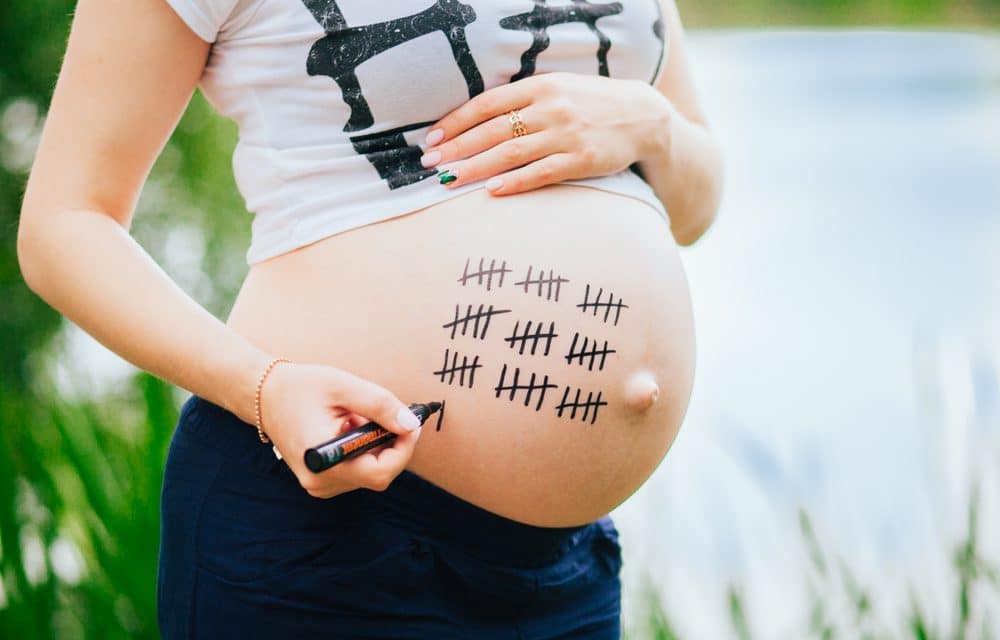Every baby grows up at its own pace and we really can’t predict when the delivery process will naturally start. Moreover, the on-line due date calculators determine the estimated due date (EDD) and they can only give you an indicative date. Why? Because they calculate it on the basis of your last menstruation and of the idea that ovulation happens 14 days after that. Then they add 40 weeks to this date – that is the period in which a pregnancy is considered to have come to an end – et voilà: there you have your EDD!
But you must always consider a margin of error of at least 7 days (before and after), because, even if your ovulation goes like a clockwork, it happened to anyone of us to have a delayed or an early menstrual period at least once, which demonstrates that you can’t predict the exact day of ovulation. Moreover, you can’t even know when fecundation occurred because, even if an ovule can be fertilised in a maximum range of 24 hours, spermatozoa can survive more of that in the uterus, that means that the day you had sexual intercourses is not always the day in which fecundation occurs.
Fortunately, the margin of error can always be quite reduced by the ultrasounds you perform during the first trimester, because at this stage babies’ development is quite similar. Statistics demonstrate that a 15mm embryo corresponds, approximately, to 8 weeks of pregnancy.
Some doctor prefers to count 41 weeks (instead of 40) to determine the EDD, in order to take into account a margin of error and to avoid more stress for the future mum. Moreover, a pregnancy that lasts between 38 and 41 weeks is considered totally normal.
Starting at week 41, controls will be more continuous and maybe your doctor could decide to induce the delivery to avoid problems related with the placenta or with the excessive growth of the baby (which could create complications). So, don’t get nervous! Try to stay active (physically and mentally) and let your gynaecologist decide the best for you.












